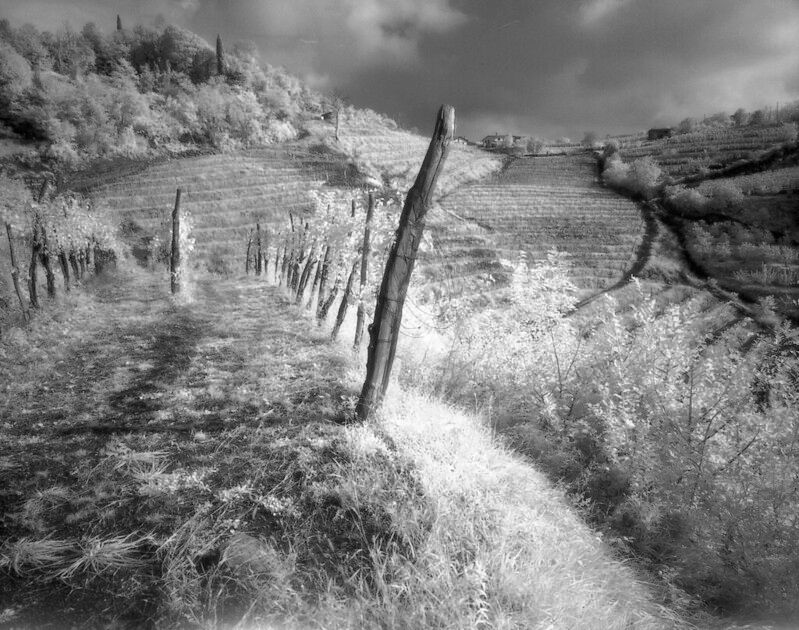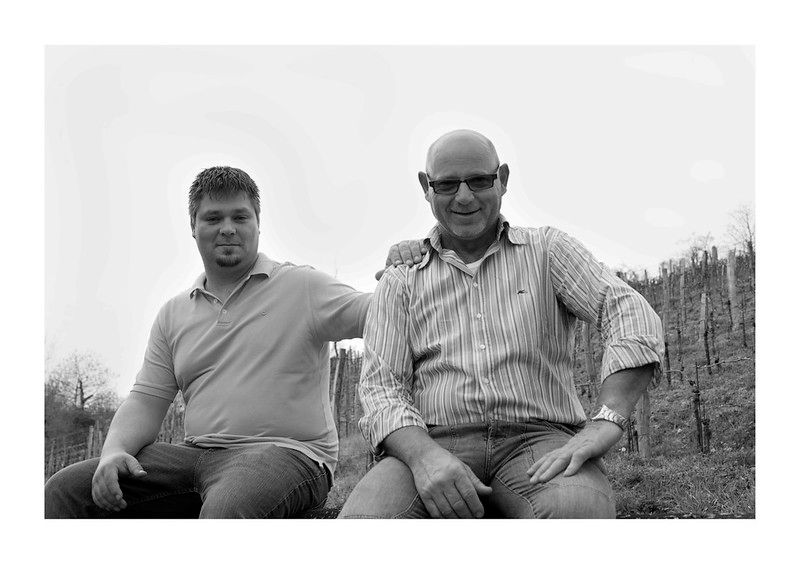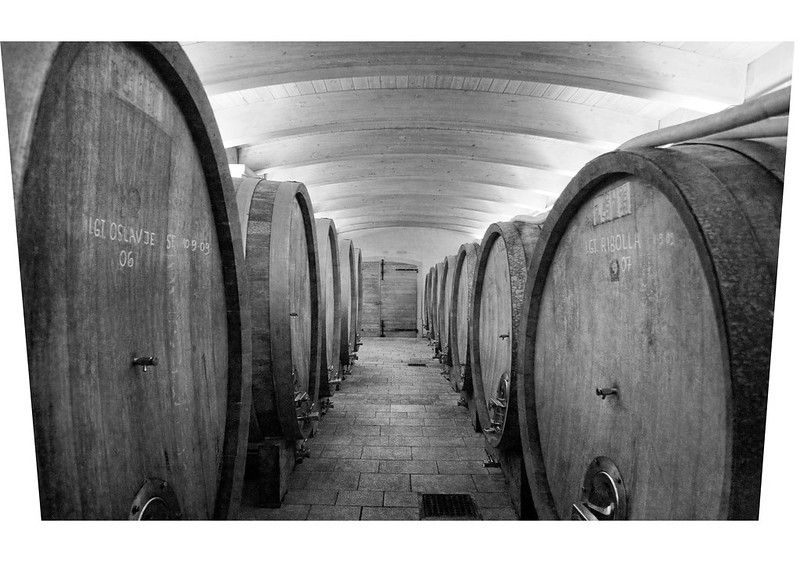
Saša Radikon
5 min read
Saša Radikon runs the Radikon winery in Friuli - renowned for producing elegant and aged orange wines. His father Stanko Radikon, who died in 2016, was a key figure in the renaissance of skin maceration techniques in northern Italy.
“I basically learned everything from my father. The winery was born in 1980 when he started to make the first bottles. He began the biggest part of his work when I was a kid. I remember everything - from the smallest things to the big words. My memories are around starting to drive tractors, working with him on the first macerations on the skins and the community around the winery. It was always a very big party when we were harvesting. My respect for nature comes from - he really wanted to respect as much as he can the environment around us.

We have 18 hectares of vineyards in the north-east of Italy, very close to the Slovenian border. The village is called Oslavia. It has a very nice terroir. We grow everything organically and naturally. Our hills are so steep - there’s a big difference in conditions from the top to the bottom.
The soil is called Ponca - basically compressed clay. So we work on a hard soil, with these kinds of rocks underground. This is why our hills are so steep. The soil is always very important for the wine, because it's the connection for the roots into the vines. It’s influencing a lot. This kind of clay is very poor soil. Basically there’s not a lot of nitrogen so the vines are growing very slowly. There's always a lot of minerals in the soil.
We have tried to make skin contact from three days to one year. When I'm making wine I'm not looking at just the color. The first thing we are looking for is having good grapes. If the grapes are ripe, we can have a longer skin contact without any problems.
In our climate we have a lot of rain during the harvest. We have a very short season and we prefer to produce less grapes to have them completely ripe. My way to understand when they are ready is by going to the vineyard to taste the grapes. You taste the skins and seeds separately. The skins should have a good sweet taste and you should have some tannins. The seeds have to be completely brown, the tannins inside completely ripe.

We are not using the stems in our wines. I think that the big problem in our area is that it’s almost impossible to have the stems completely ripe.
Once the good grapes are ready, we can harvest and generally extract very easily all the color we need. We don't really control the color. We just want to make the fermentation go very well.
We are doing the punch down with a wooden staff. You go to the back of the barrel and push down half of the grapes to submerge them again. This puts the skins inside the wine again which is very important, because once the grapes are fermenting generally the skins are pushed out by the CO2 and then they stay basically outside of the juice, outside of the must. And then it's difficult to extract something. We want to push it back down because we really want to extract as much as we can.
At the beginning, we do this four times a day, then slowly less and less. After 15 days, we're only doing it once a day, because we don't need too much oxygen at that point. We just want to finish the fermentation easily.
We leave the fermentation to go to the temperature it wants. We only check if it might go about 30C. We can control the temperature by punching down more or less. The more you punch the more oxygen goes inside - then the fermentation is faster.
After the fermentation is finished, we generally fill up the vats and we close them. We don't use stainless steel. Wood is more traditional for our area. I never tried clay qvevries - I think there’s some advantages because the fermentation is happening underground where the temperature is better than the cellar. And we’ve never had cement. I think that can be ok - a little bit more neutral.
Then we have another kind of extraction - basically an infusion. We leave the skins inside of the wine to extract as much as we can. This period is not a real maceration. It means we have alcohol, which is still extracting more things. This is how we do it.
If we are making very long skin contact, then we extract a lot from the skins and after this we need to age them a bit longer. We need more time for the wine to become rounder. You need more time in wood and in bottle. The tannins are a natural preservative for the wine.
"I think every grape variety can be made with the skin contact. I think that the problem is never the variety by itself but if the variety can be ripe or not."
I think every grape variety can be made with the skin contact. I think that the problem is never the variety by itself but if the variety can be ripe or not. One of the biggest mistakes is making the harvest in the same way as white wines. If the tannins are ripe we can have longer skin contact without any problems.
But in very warm areas some varieties when they go through the maturation they lose the acidity and the alcohol is very high. It's more difficult to make orange wines in these conditions. If you have low acidity and high alcohol that can be a problem.
The nice thing with orange wines is that you can pair them with basically everything. You can just buy one bottle for the whole dinner and have no problem to match with the food. I think generally we are drinking white wines too cold and red wines too warm. With orange wines, I think about 15C is right.
We have a lot of new plans. The big project it's making something in Slovenia. We are on the border. My grandfather was born in a small village which is over the border.
I think my father would be proud. He already saw part of the evolution of our winery. We made the biggest part together and just before he passed away he started to see the first crop of this work.
I don’t think you can define orange wines completely. I don’t want to have this kind of box. I want to be free.”


